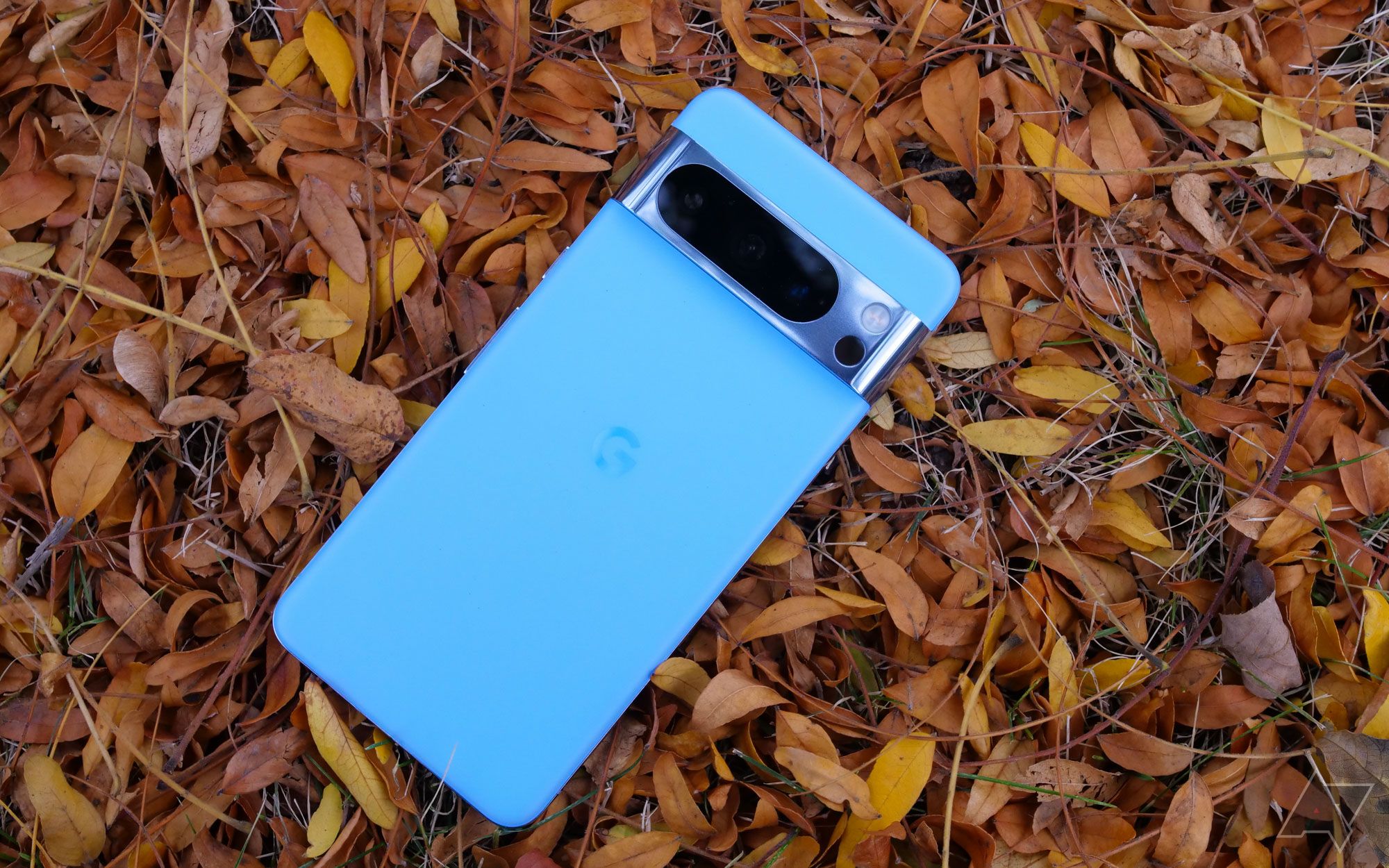Summary
- Android 15 may introduce new desktop mode features like window options for users connected to external displays.
- The upcoming OS update aims to enhance the user experience in desktop mode with a more user-friendly design.
- Google seems to be exploring ways to compete with Samsung DeX by improving Pixel external display support.
Google has been hard at work preparing Android 15, which comes on the heels of the Android 14 launch at the end of 2023. While the next OS is not expected to be released for months, there are some hints as to what it may include when it goes live. For example, developer previews have included support for satellite connectivity and screen recording detection. Now, a new beta update suggests that Android 15’s desktop mode could have more functionality this time around.

Google finally gives your Pixel 8 external display support
Pre-existing hardware-level support is now unlocked
As spotted in the Android 14 QPR3 Beta 2.1 update, Android Authority reports that the OS will likely have a more user-friendly design when connected to an external display. Previous versions of stock Android’s built-in desktop mode were often skeletal in nature — this was because they were intended for developer use for app testing, rather than public-facing.
Android 15’s desktop mode may have new windowing options
As seen in the latest beta update, Android 15 may have a new windowing system when connected to an external display for desktop mode — full-screen, split-screen, and free-form mode could soon become options for users. This could make it easier for developers during app testing, and would be a boon for any users who want a Samsung DeX-like experience. That being said, it still looks like Android 15 in desktop mode would have far less functionality than a standard OS for desktop.
While these features would help Pixel users and those with phones from other OEMs who rely on upstream AOSP feature additions, Samsung’s OneUI has long had similar functionality in the form of DeX. Products with DeX support can be connected to a secondary display for a desktop-like experience.
Although it’s slower than an actual desktop OS and has fewer features, the development of such technology has seemingly become a goal for Google. Recently, the Pixel 8 received support for DisplayPort Alternate Mode, allowing users to mirror their phone to an external display via USB-C or a USB-C to HDMI adapter (DisplayPort). While it isn’t the same as Samsung DeX and all of its functionality, this and the new windowing options in Android 15 suggest that Google has been looking into ways to develop similar technology.




